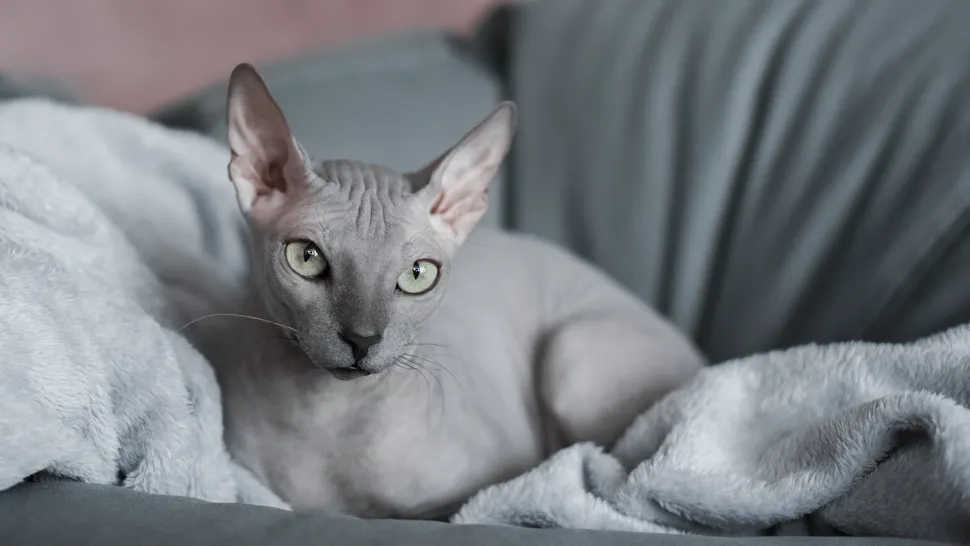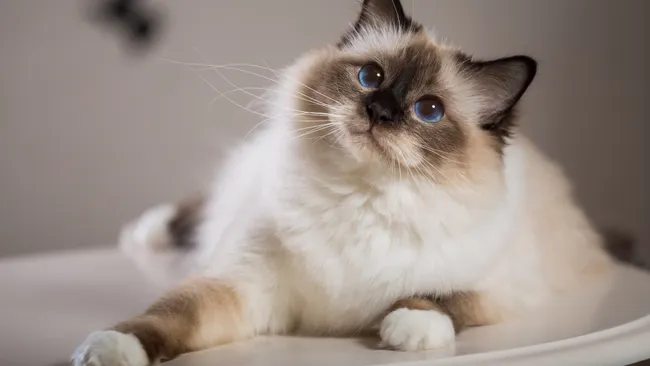A recent comprehensive study of U.K. cats has revealed that Burmese and Birman cats boast the longest average life expectancies among common pet breeds, while Sphynx cats tend to have the shortest lifespans.
Published in the Journal of Feline Medicine and Surgery on May 7, the study analyzed data from nearly 8,000 pet cats in the U.K. that passed away between January 2019 and March 2021.
Study co-author Dan O’Neill, a companion-animal epidemiologist at the Royal Veterinary College in London, emphasized that the primary aim of the study was to utilize data to empower people in making informed decisions regarding their cat’s healthcare.
While a breed’s average life expectancy serves as a helpful metric, it does not provide a complete picture. To gain a more comprehensive understanding of cats’ projected lifespans, the researchers developed “life tables,” estimating cats’ average remaining life expectancy at any given age by excluding data on cats that did not survive to that age.
The study revealed that pet cats in the U.K. have an average life expectancy of 11.7 years at birth. Generally, crossbred cats lived approximately 1.5 years longer than their purebred counterparts. Burmese and Birman cats emerged with the longest life expectancies at birth, averaging 14.4 years each. In stark contrast, Sphynx cats exhibited significantly shorter lifespans, averaging a mere 6.7 years. This disparity may be attributed to genetic predispositions to heart conditions or other diseases among Sphynx cats.
Additionally, factors beyond breed also influenced a cat’s life expectancy. Female cats, for instance, lived an average of 1.3 years longer than male cats, and spayed or neutered cats enjoyed a 1.1-year longer lifespan compared to intact cats.
The study also highlighted the potential impact of cultural preferences on a cat’s estimated lifespan. Practices such as whether cats are kept indoors or allowed outside may vary widely and can influence longevity. However, quantifying these preferences proves challenging since veterinary clinics do not consistently record a cat’s outdoor activities, which may change over time, particularly if the cat is rehomed later in life, explained O’Neill.

Study co-author Kendy Teng, a small-animal epidemiologist at National Chung Hsing University in Taiwan, highlighted the significance of the life tables in providing cat owners and veterinarians with valuable information for making crucial decisions regarding adoption, medical treatment, or euthanasia.
Teng noted that the study had an unexpected emotional impact on some cat owners. After a friend shared the study’s findings on social media, an outpouring of responses followed. “A lot of people were saying, ‘The time is so short. I need to treat my cats better, or to treasure the time that we have,'” Teng shared with Live Science. “It helps the pet owner to cherish the time and their connection and relationship.”
This emotional response underscores the importance of understanding and appreciating the relatively brief time we have with our beloved pets. By providing insights into cats’ life expectancies and factors influencing longevity, the study encourages owners to prioritize the well-being of their feline companions and cherish the moments they share together.
